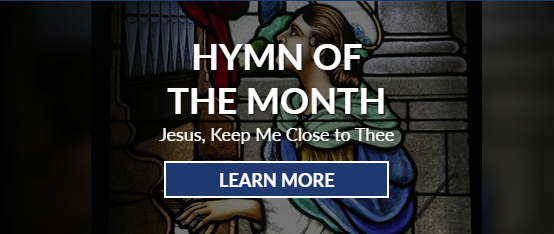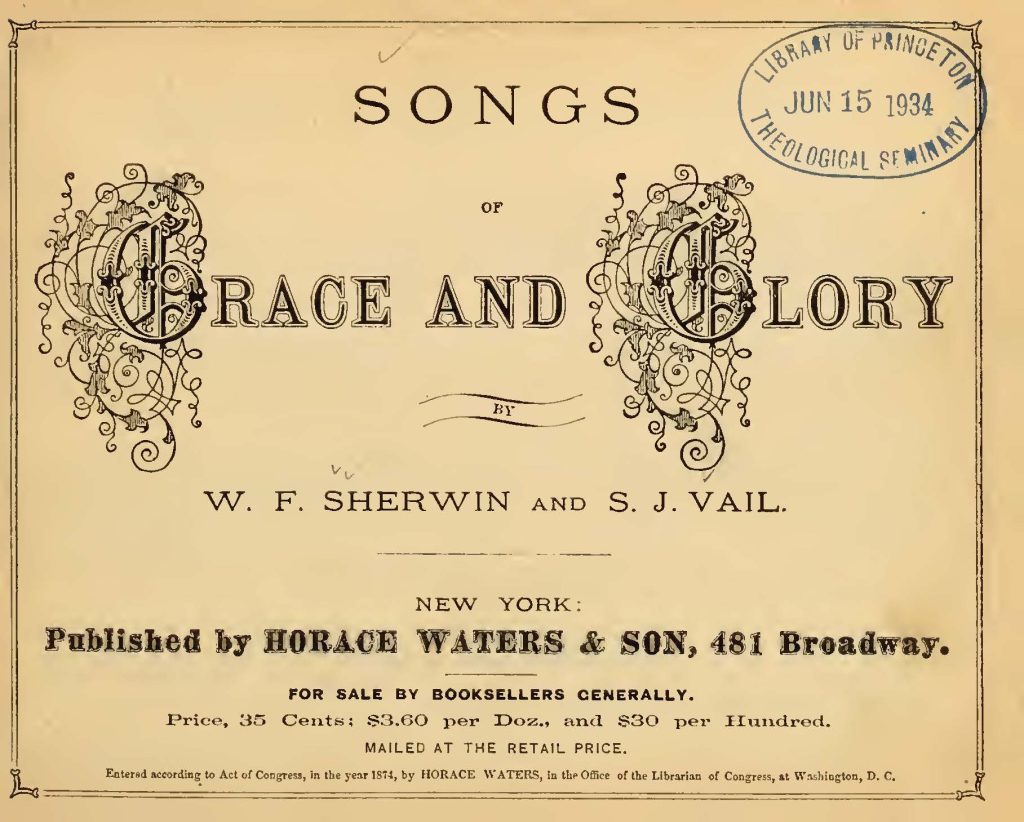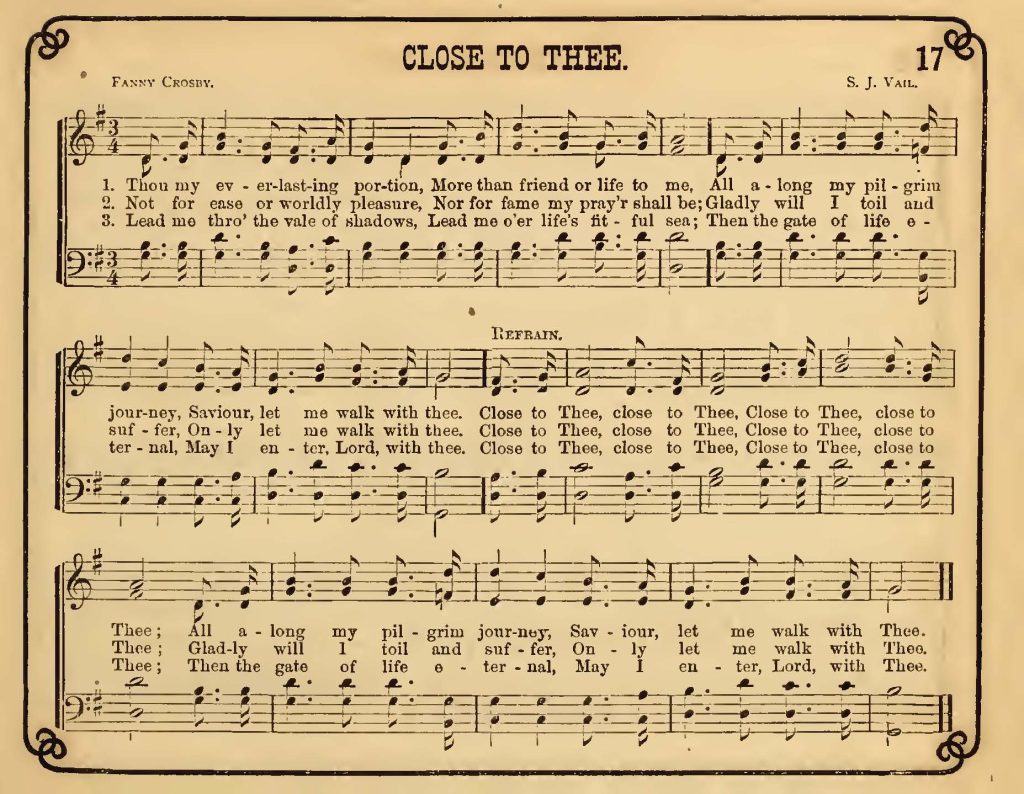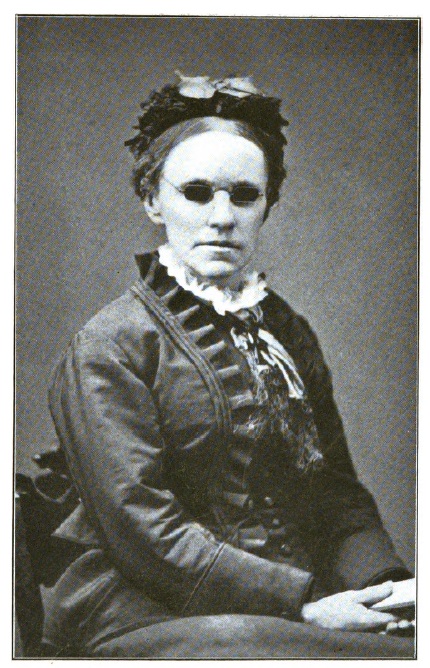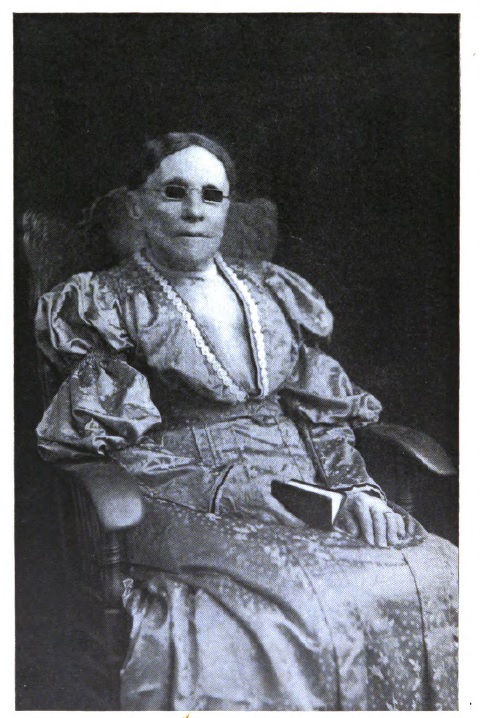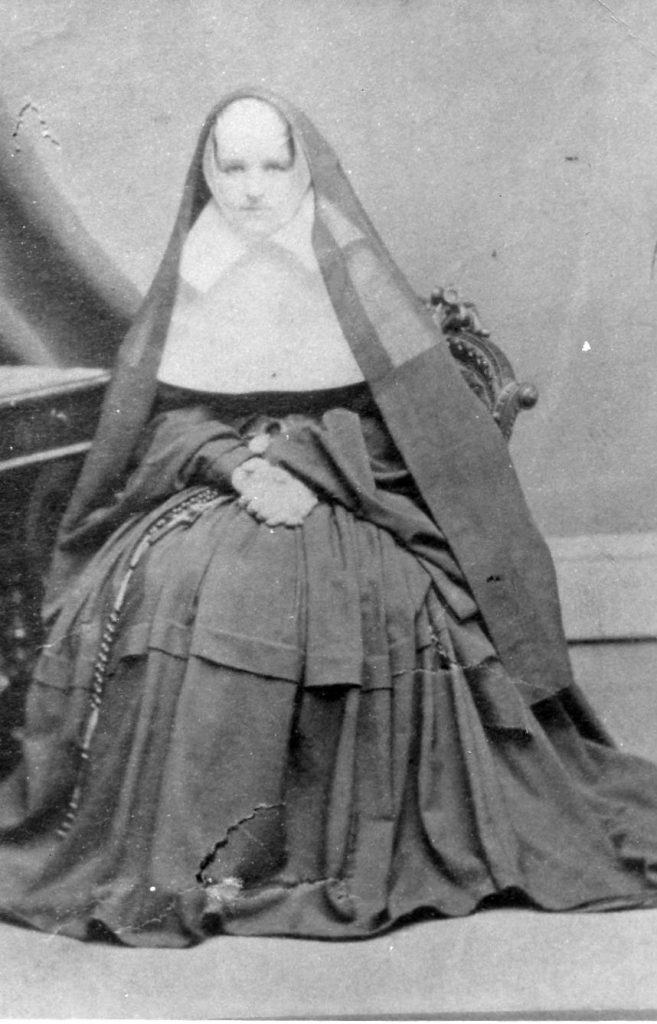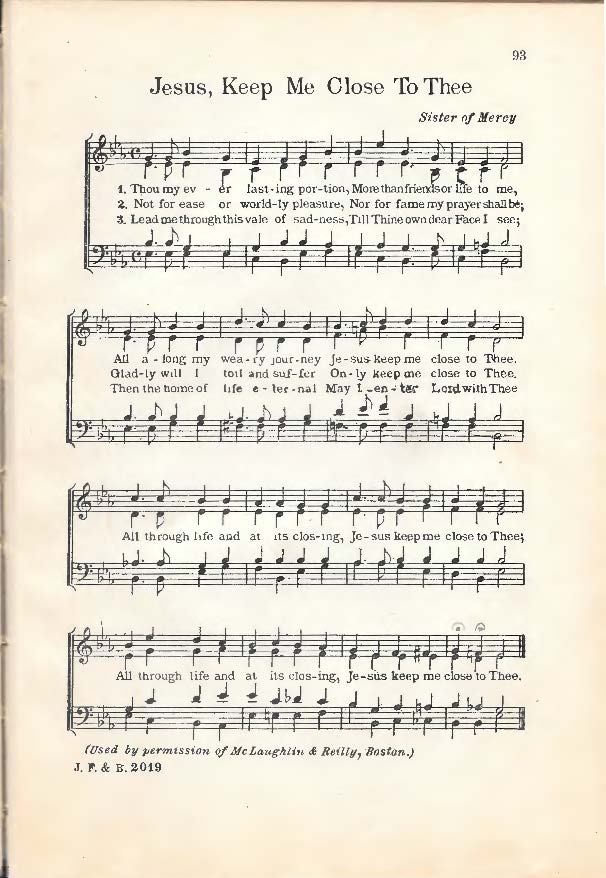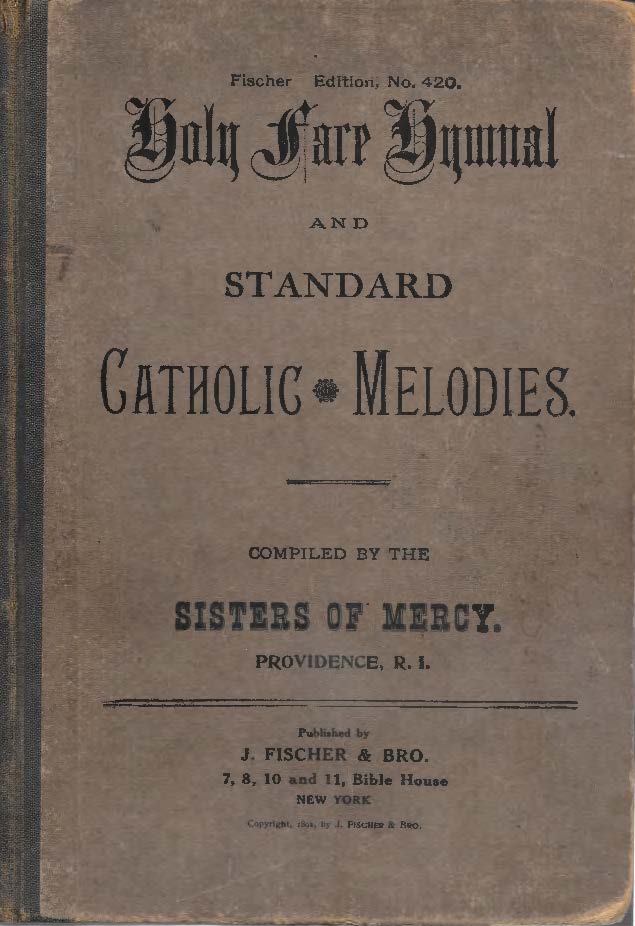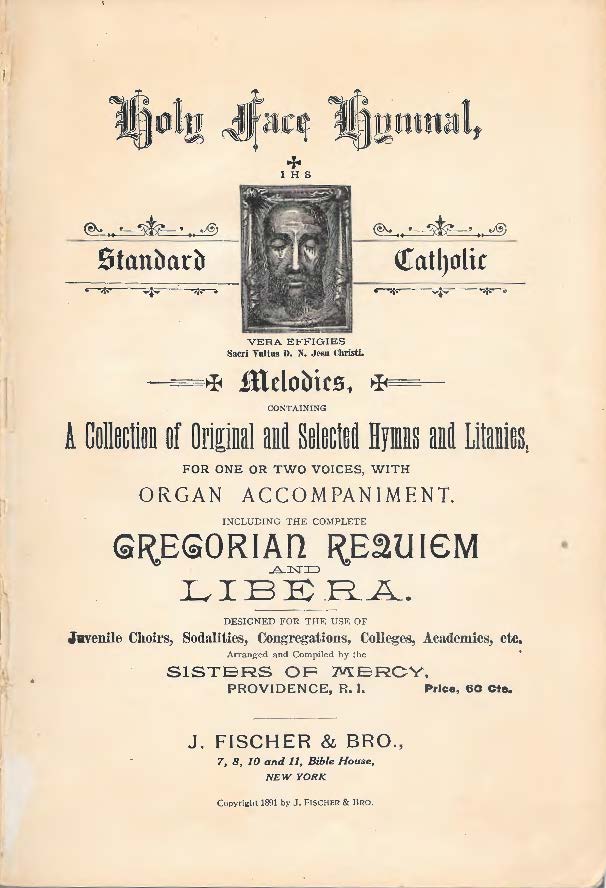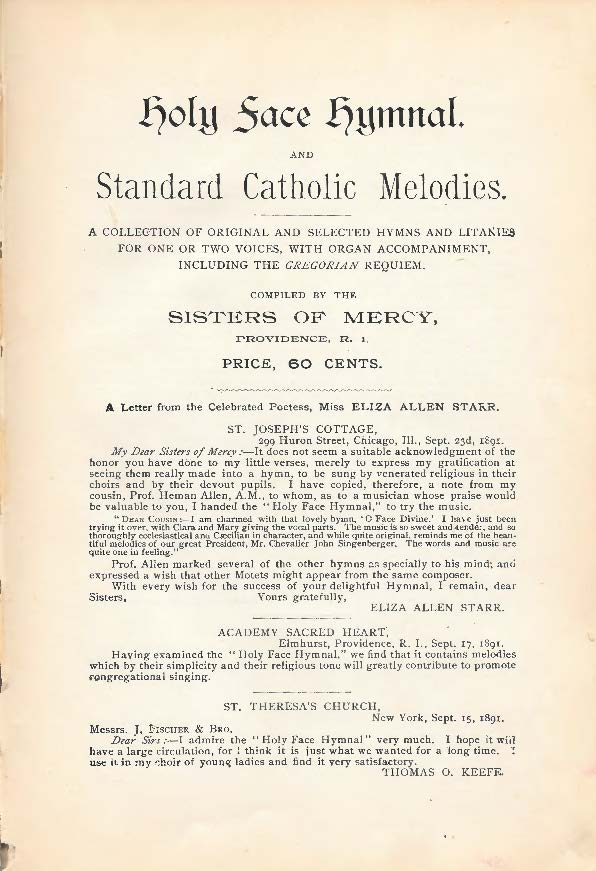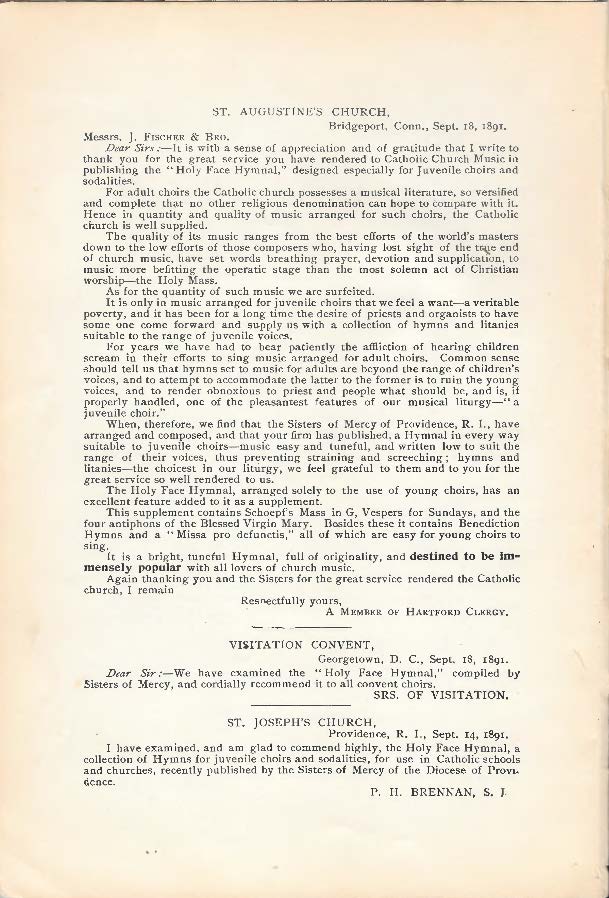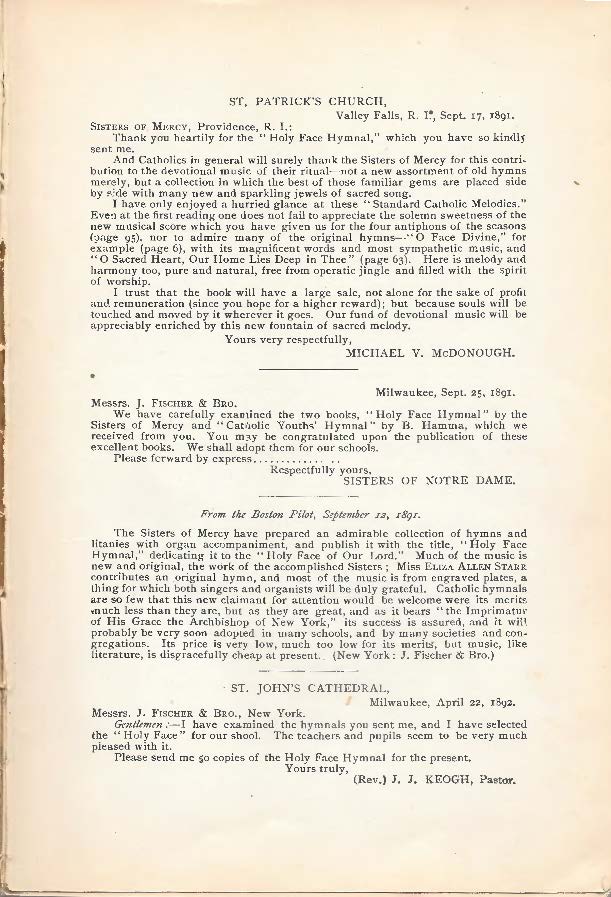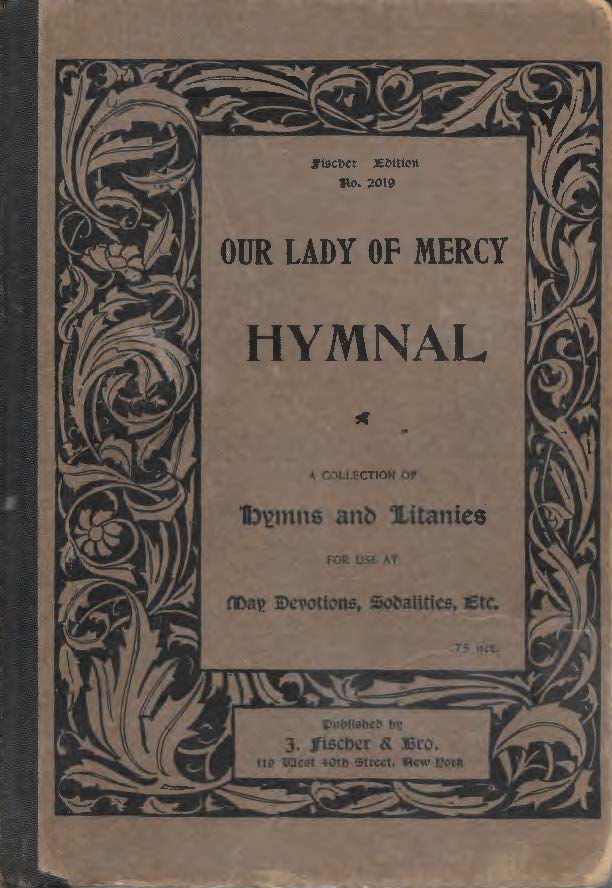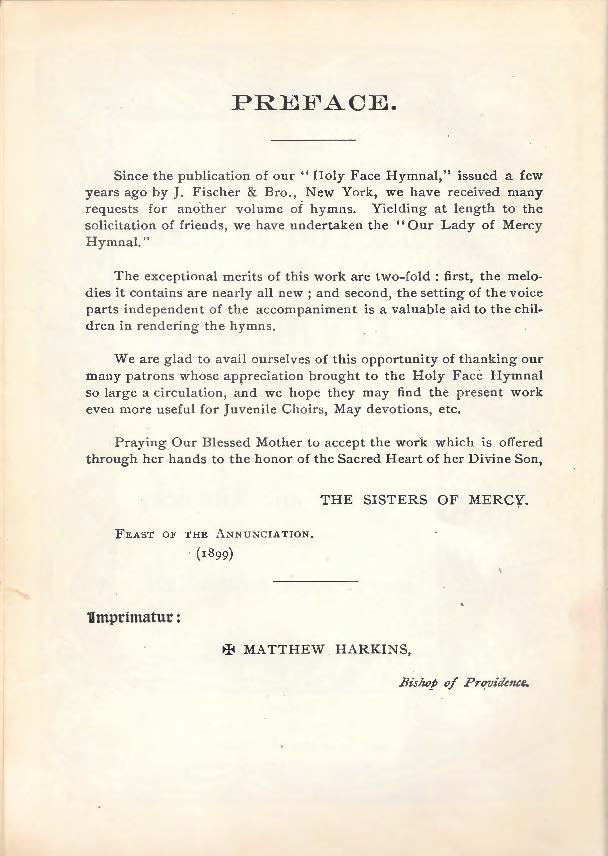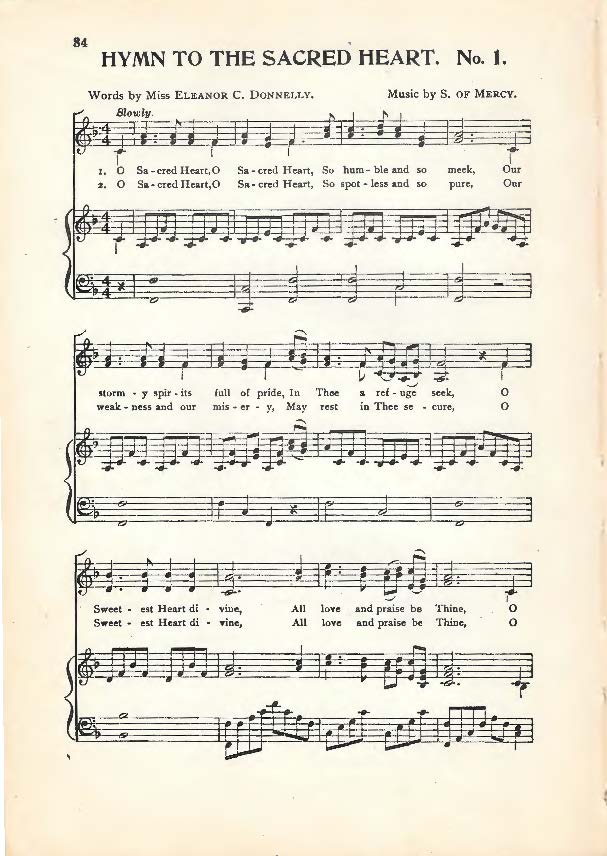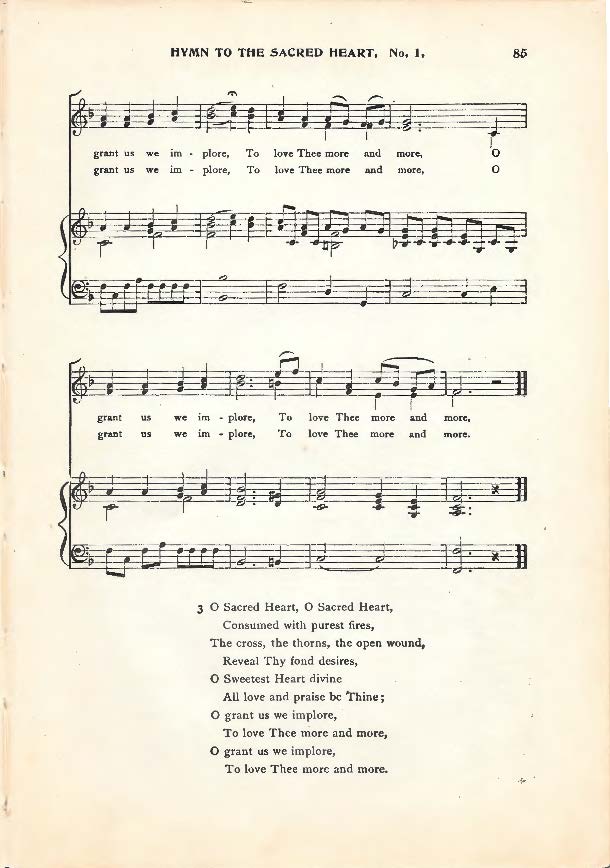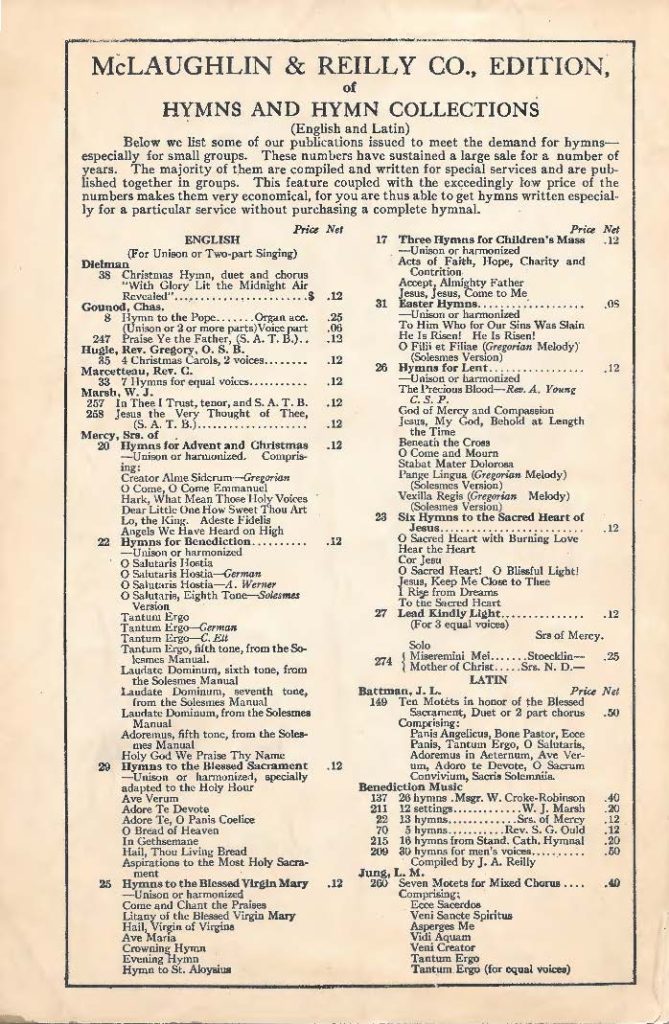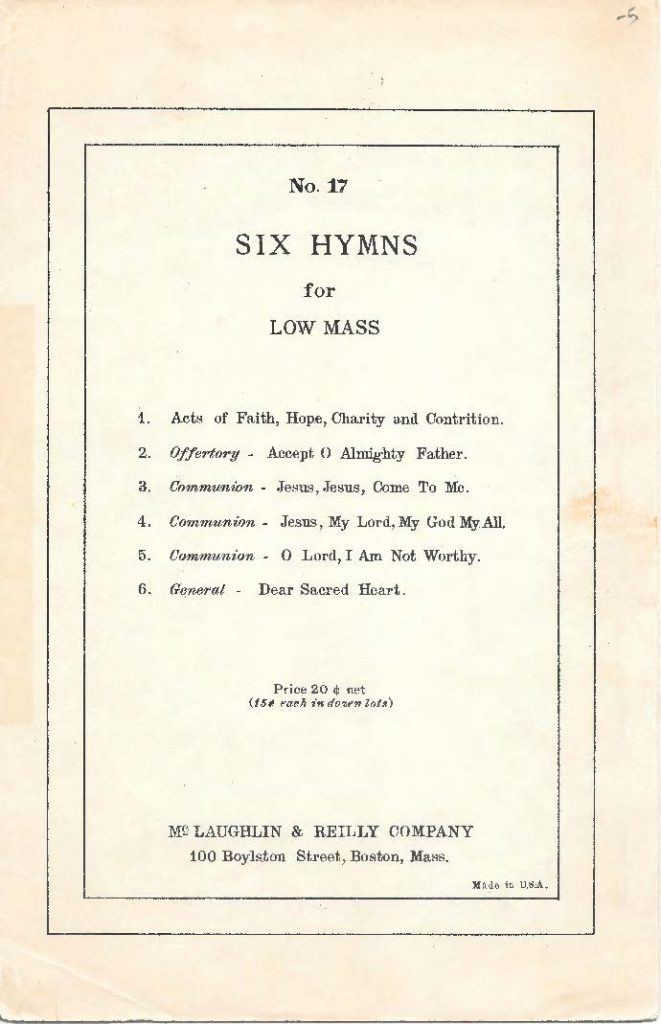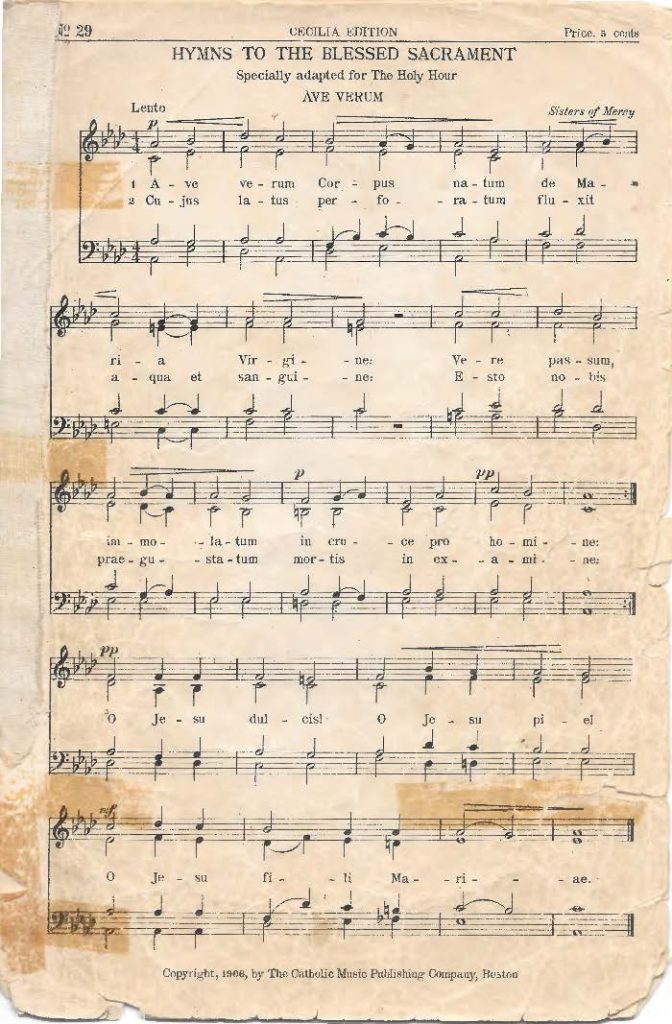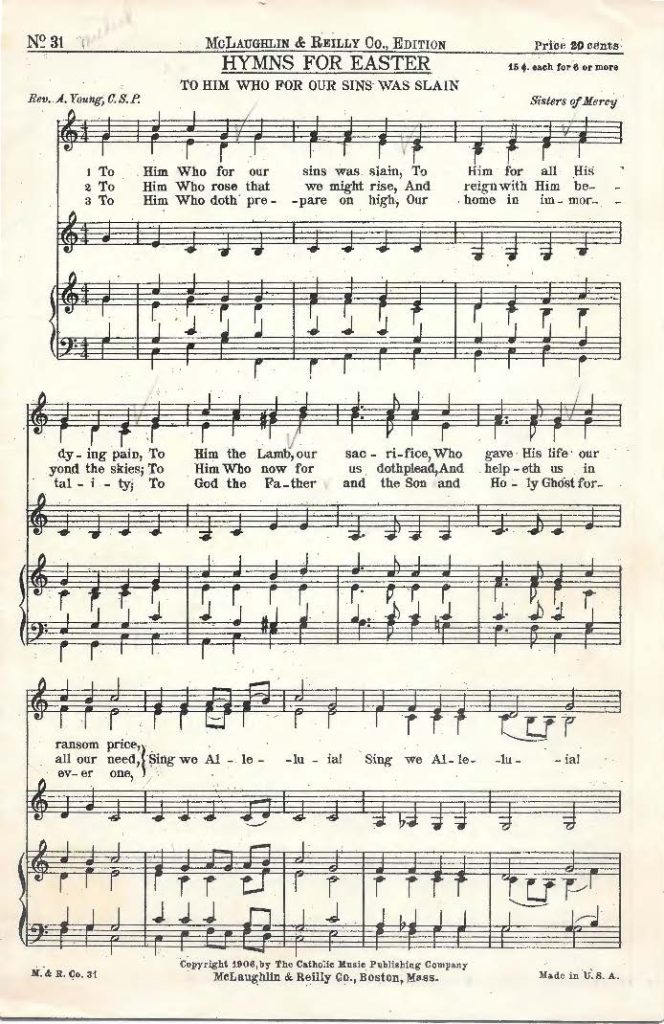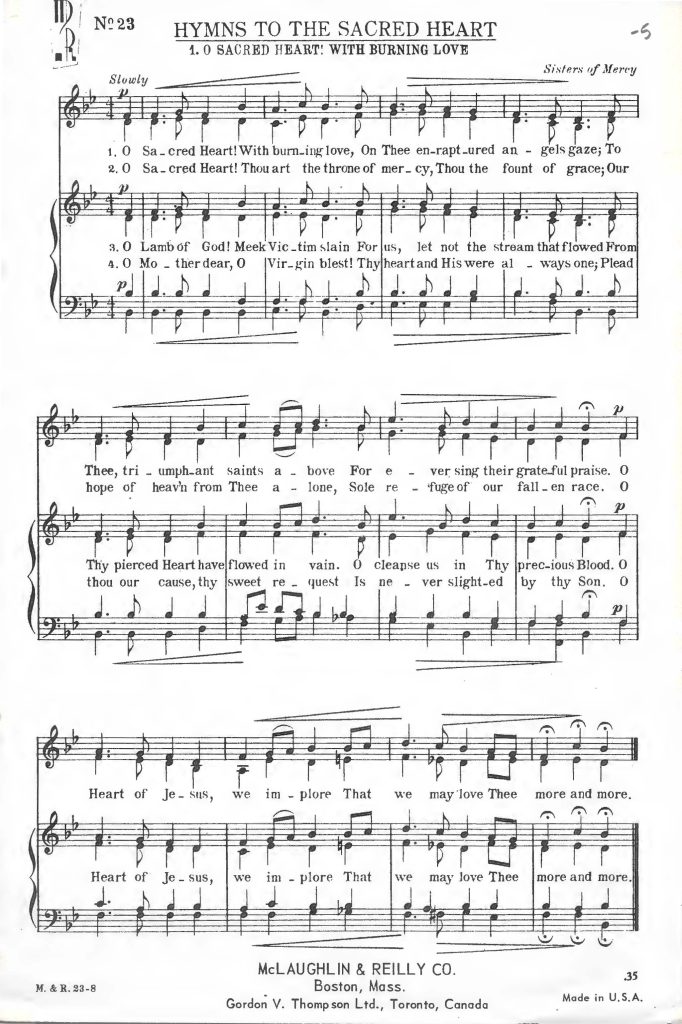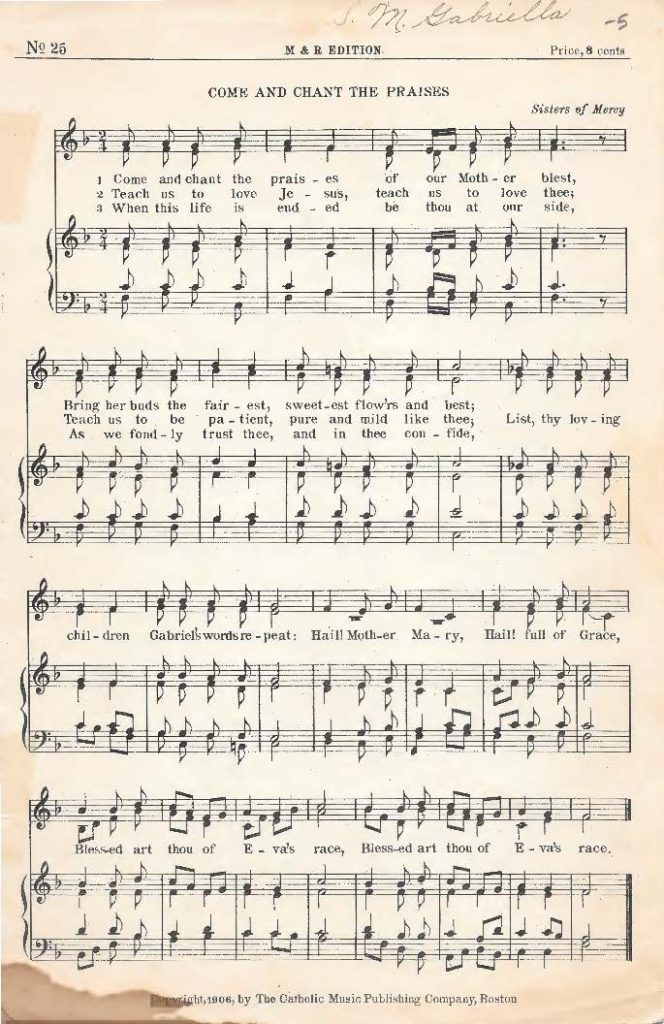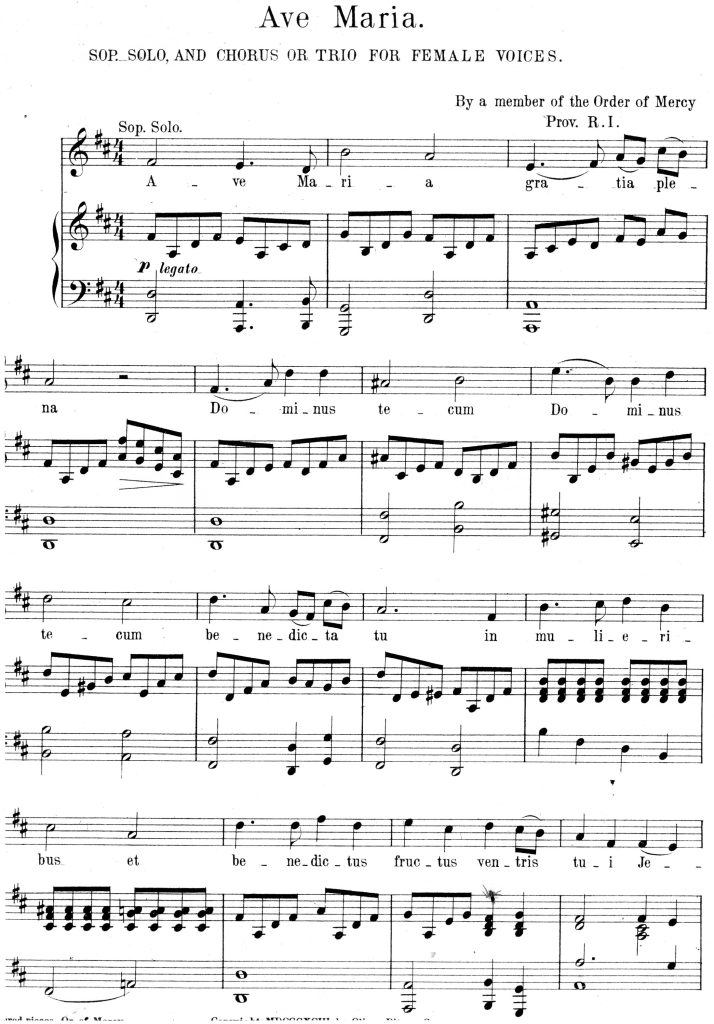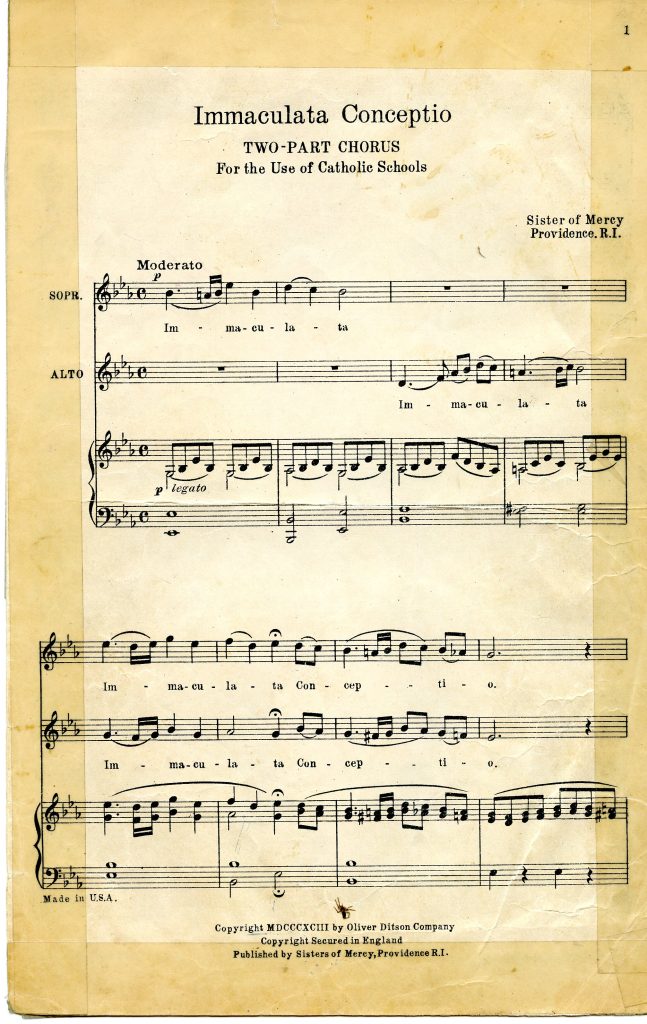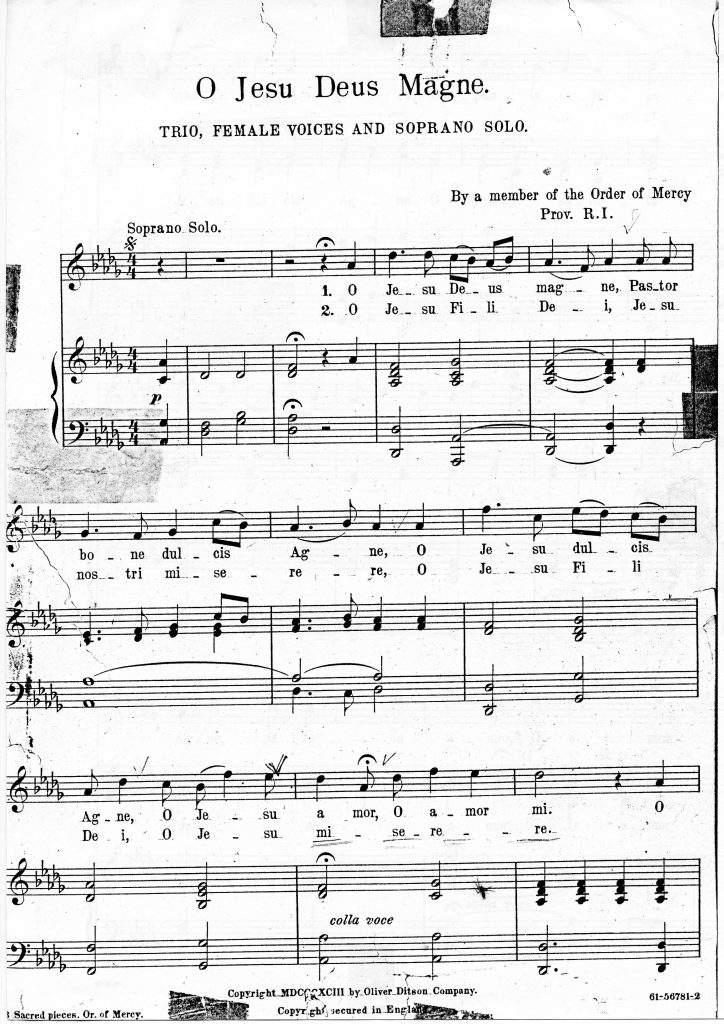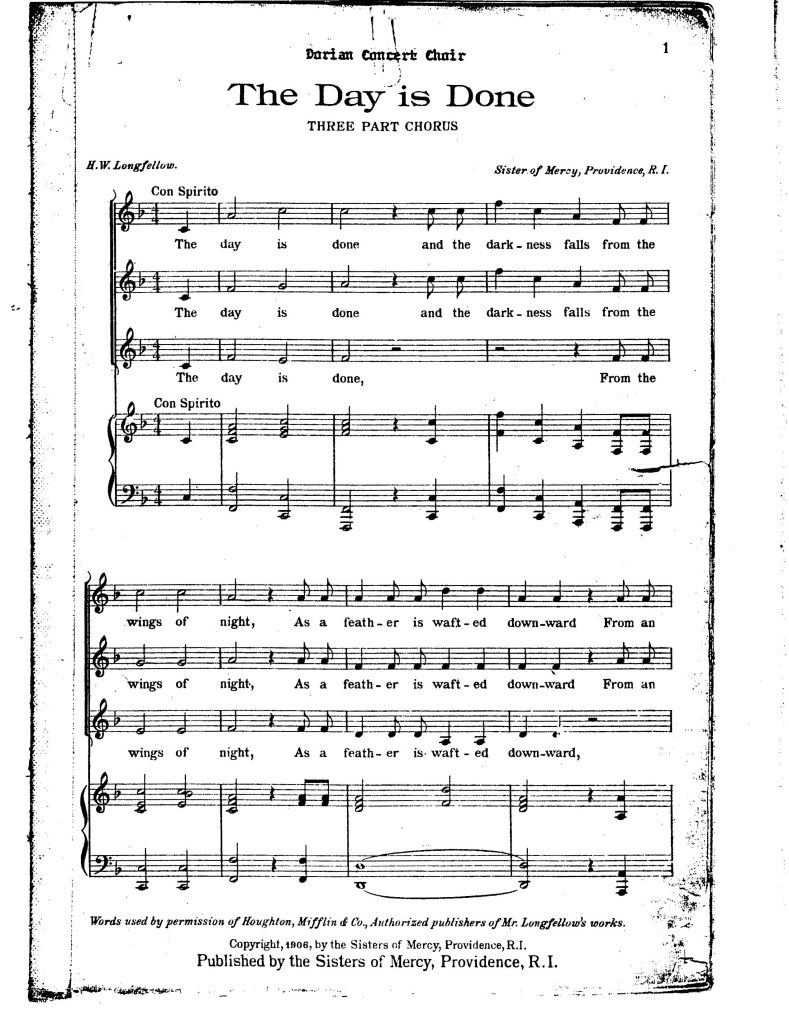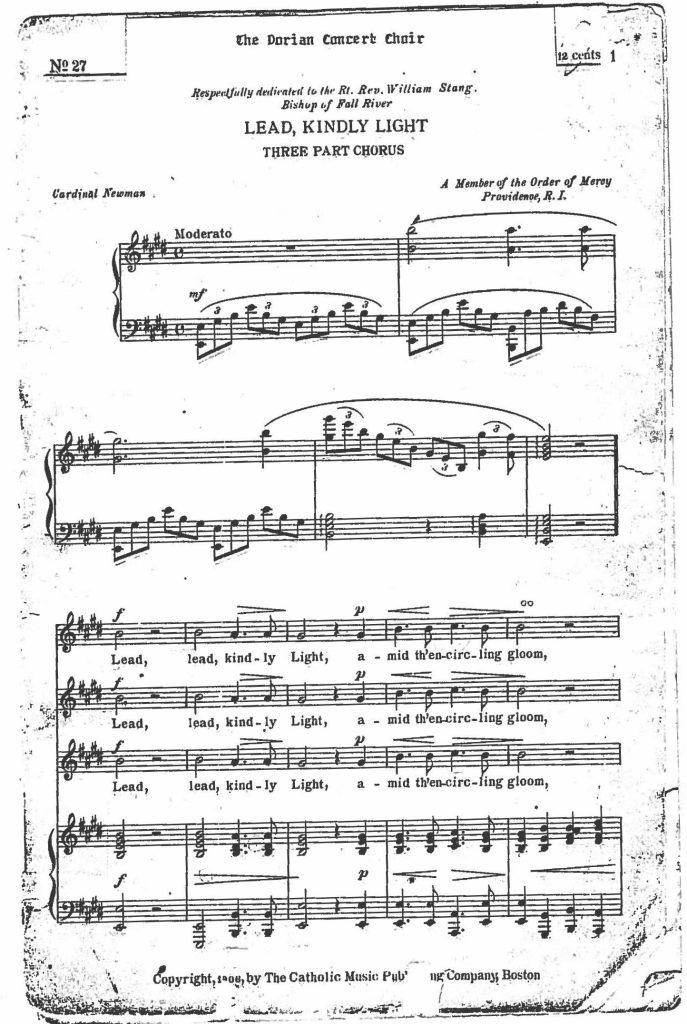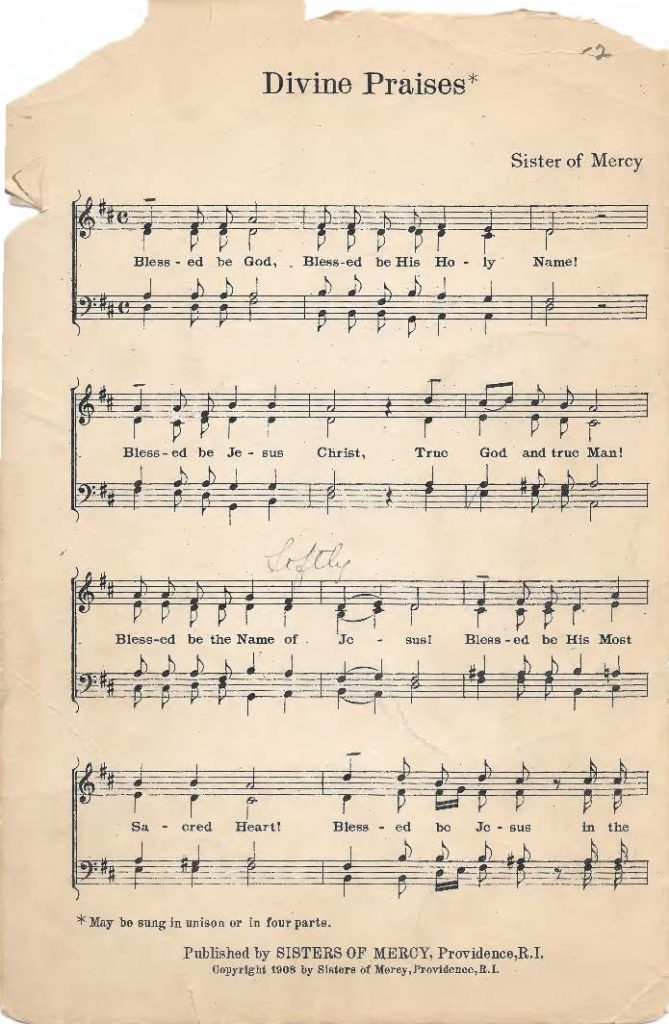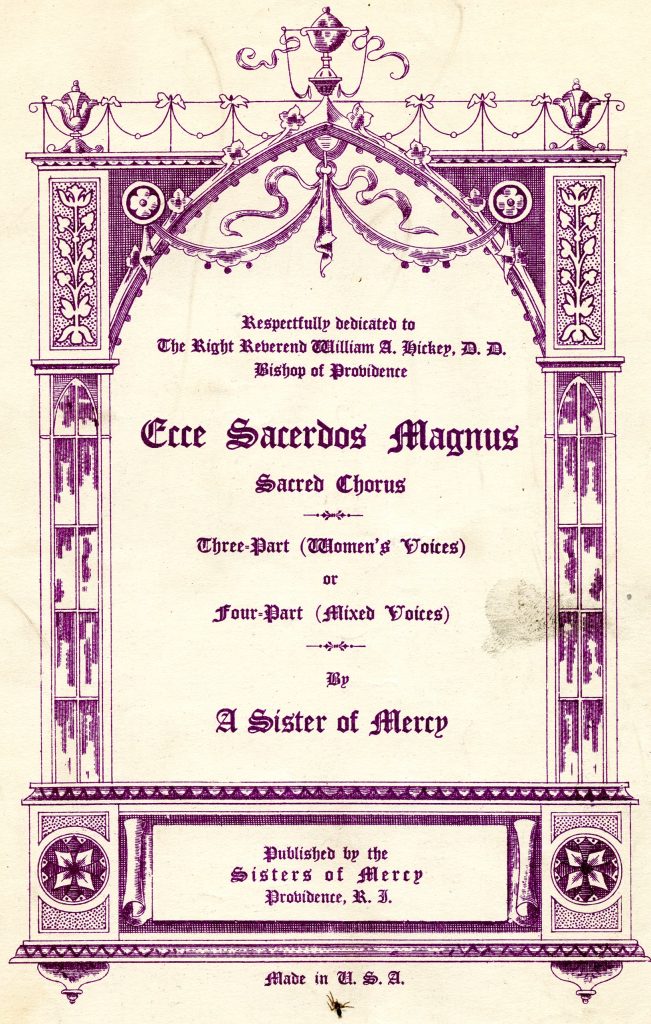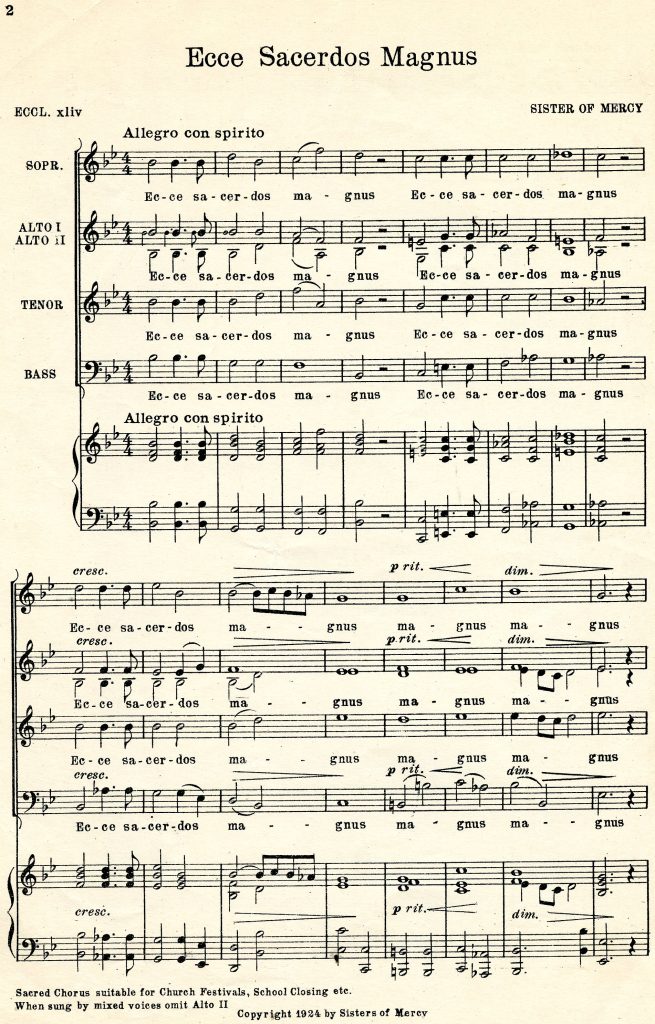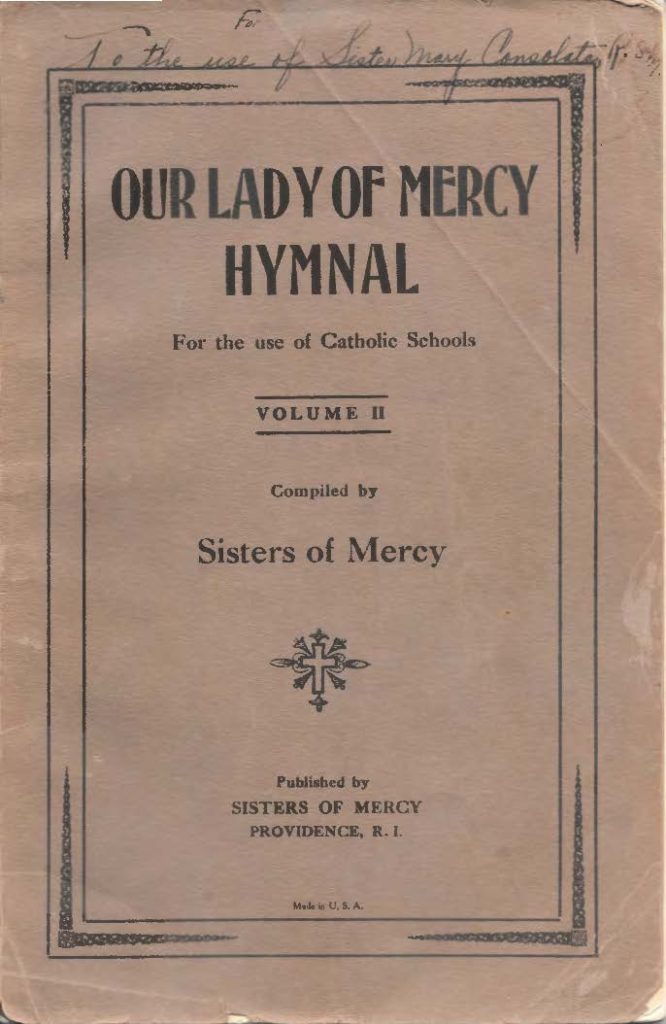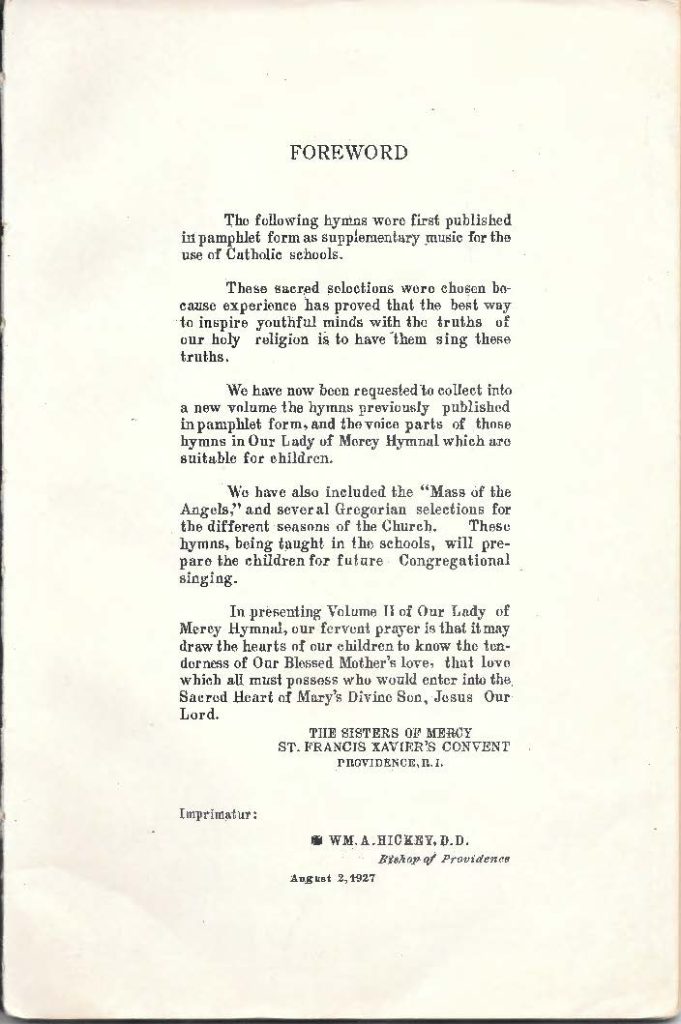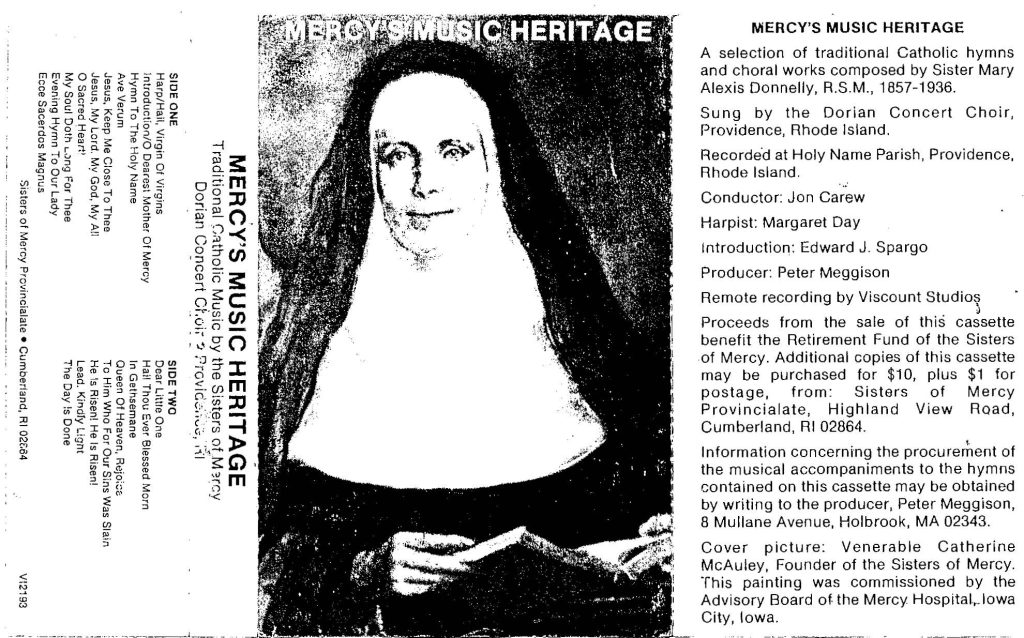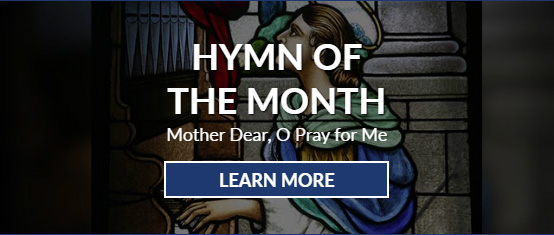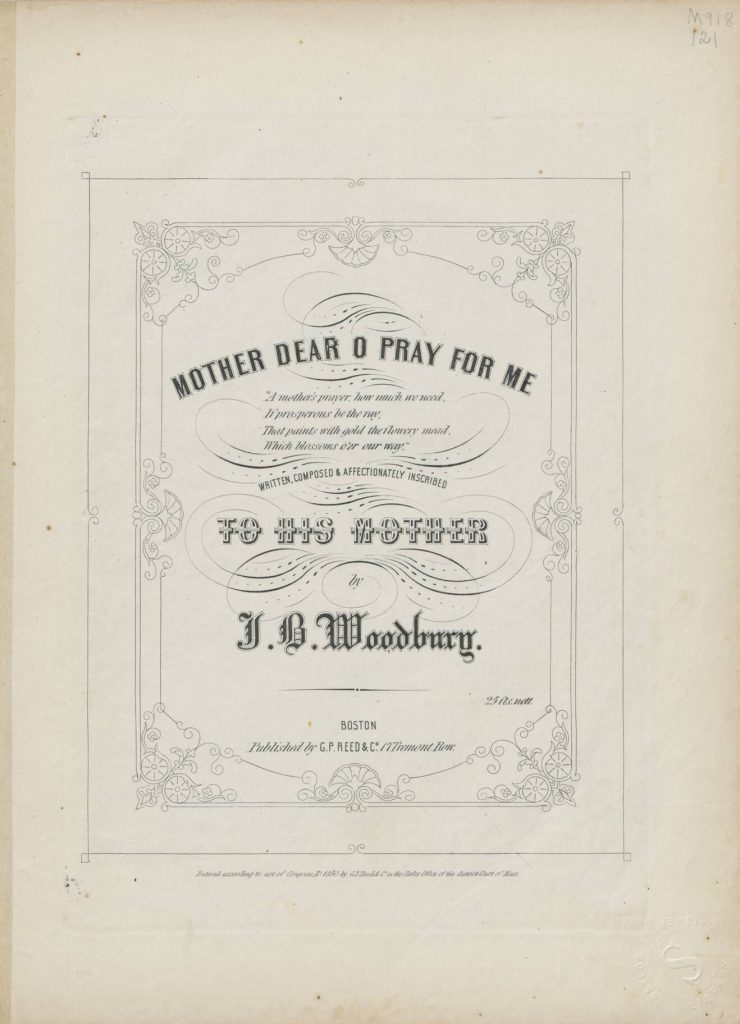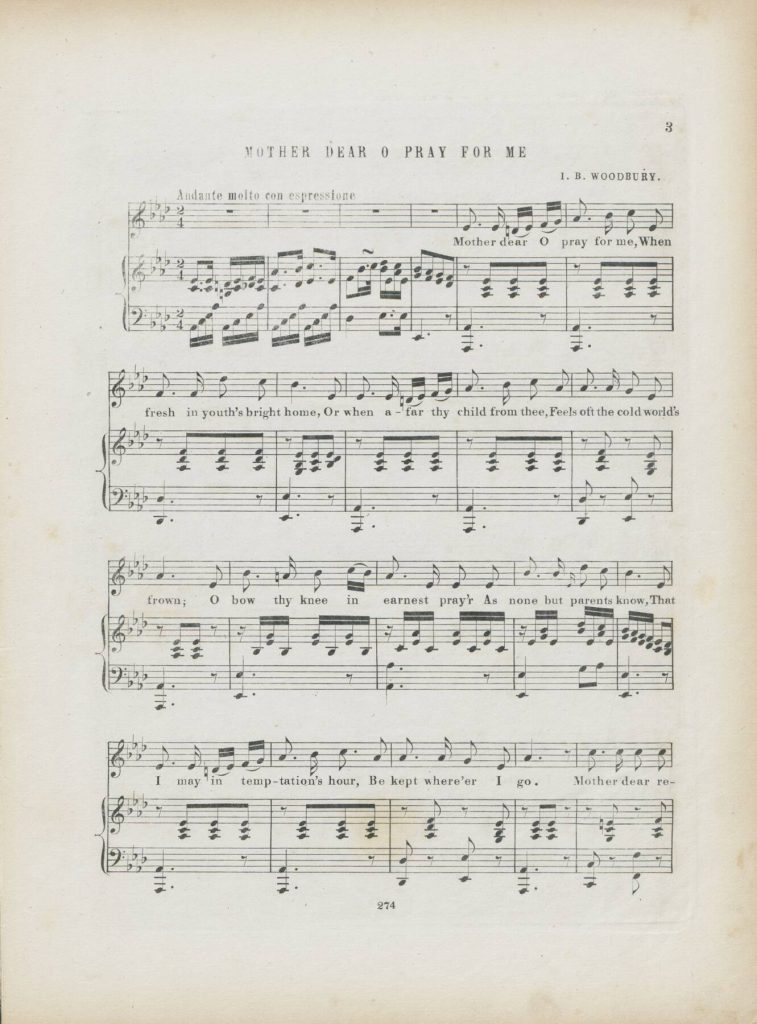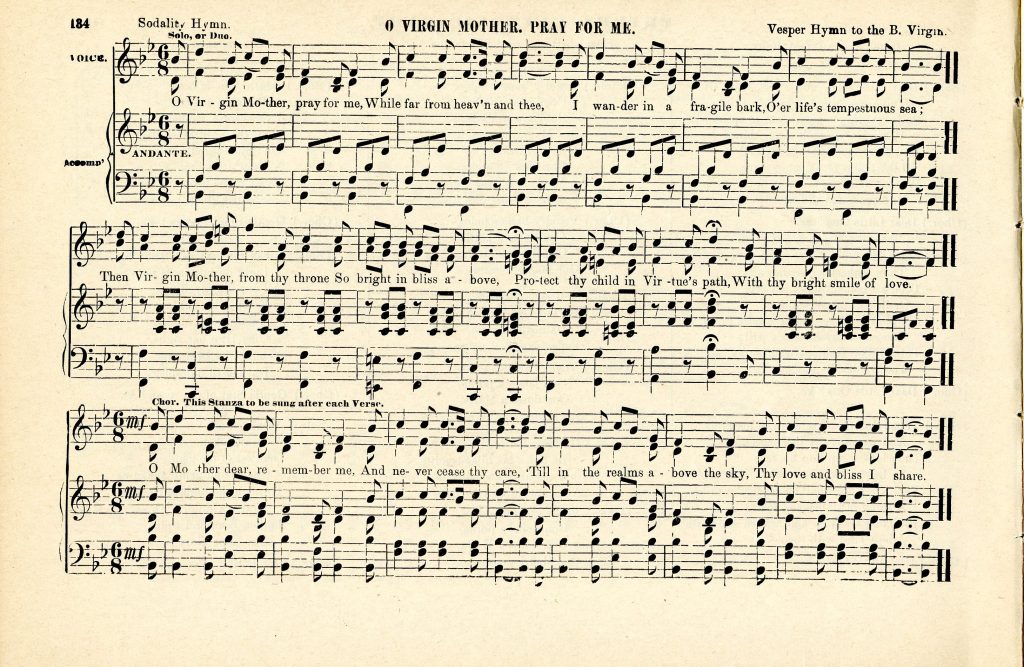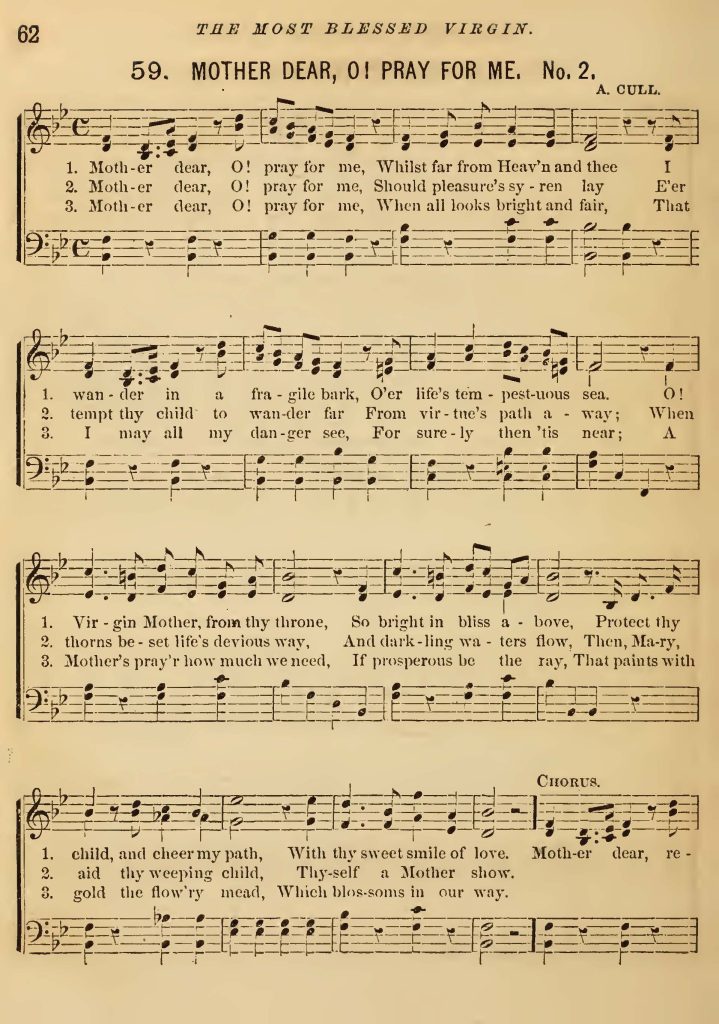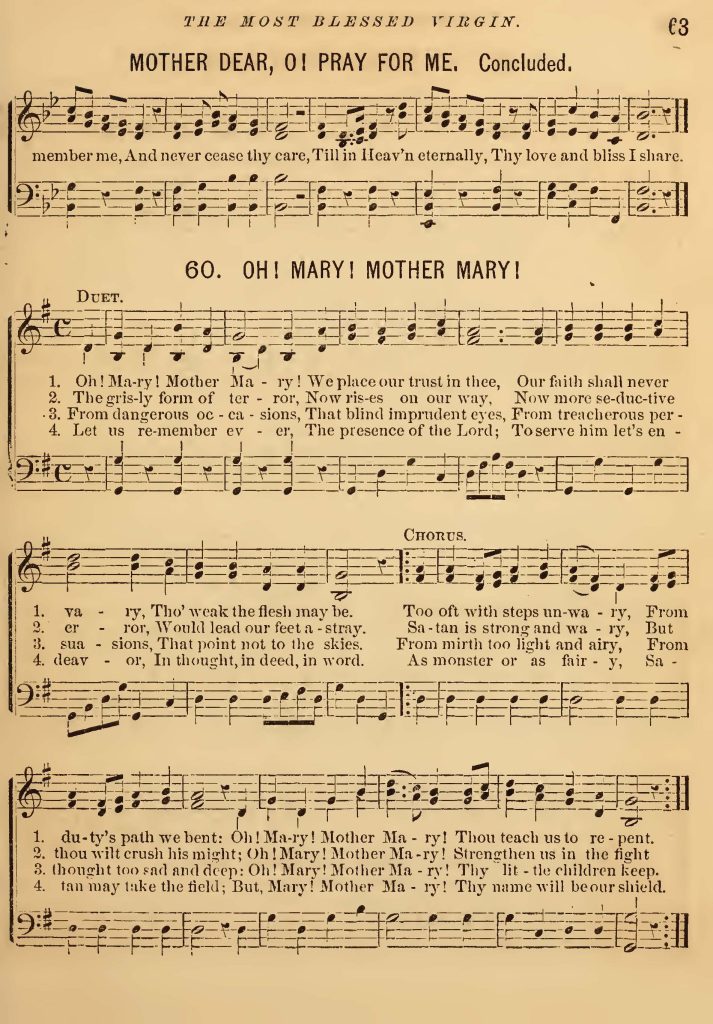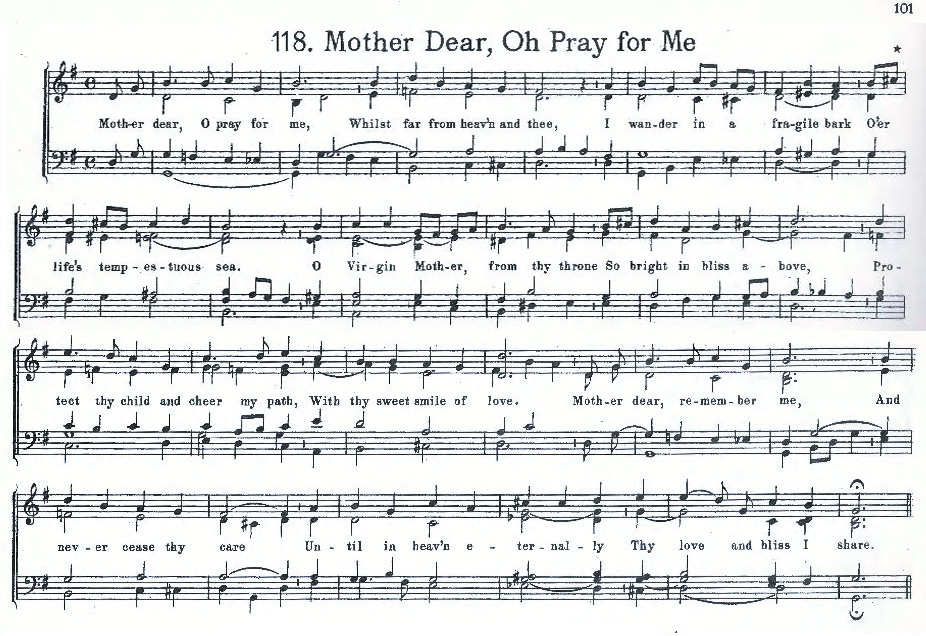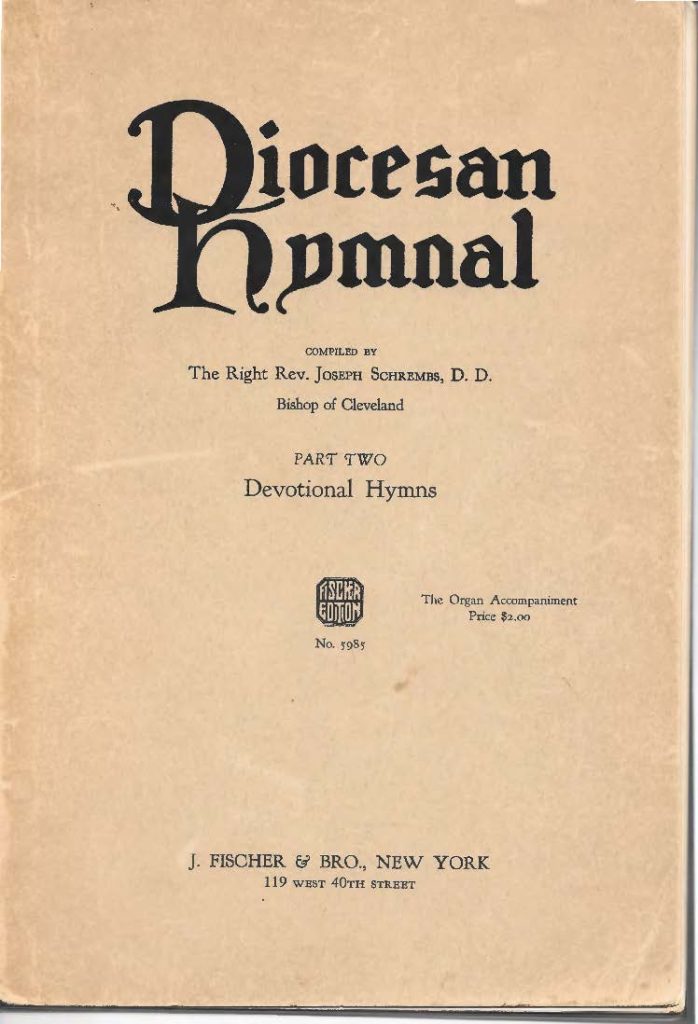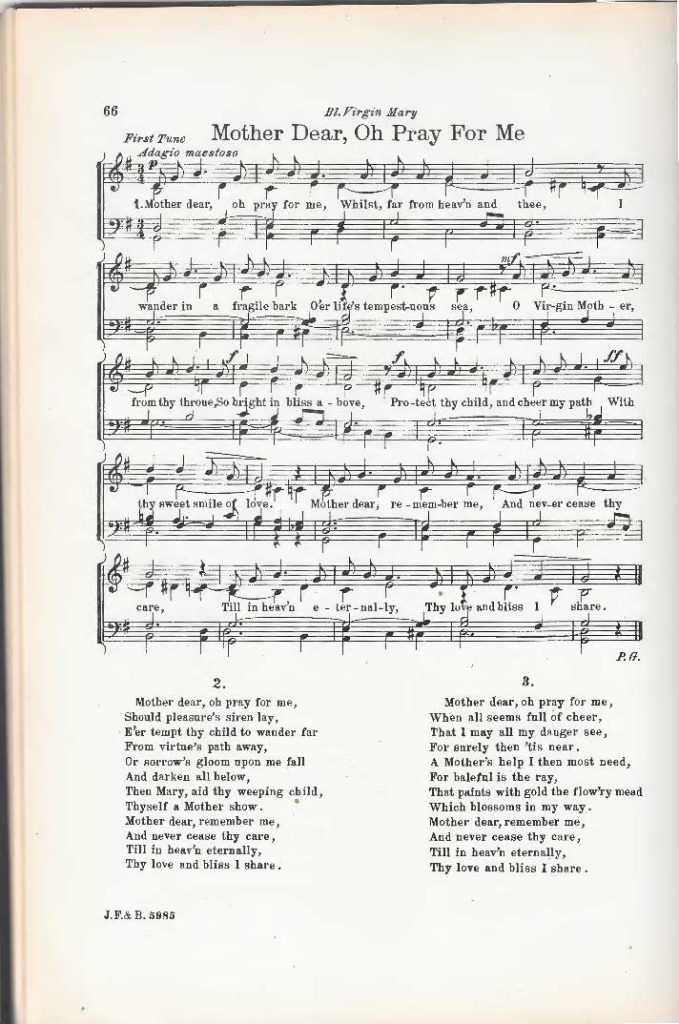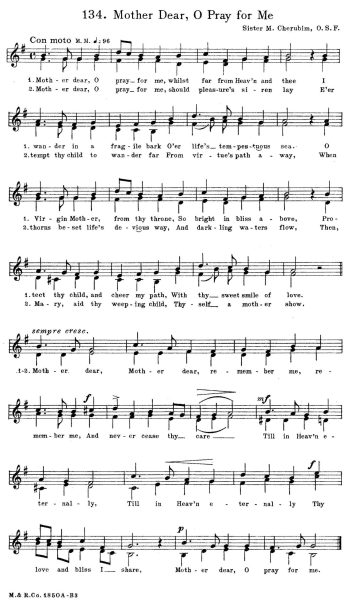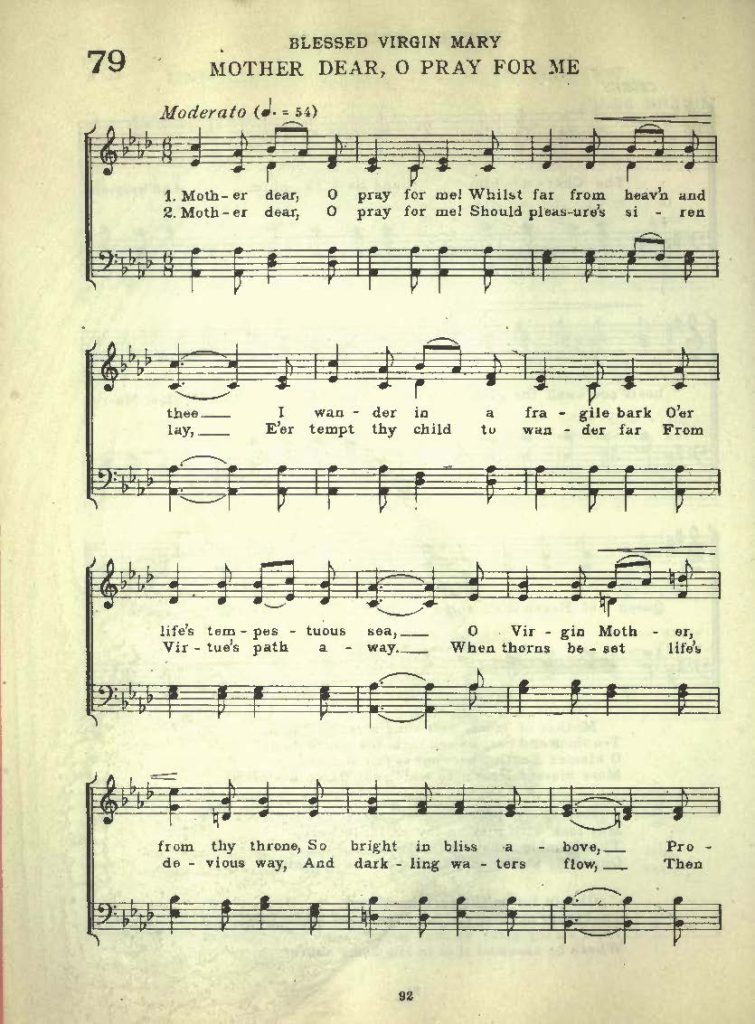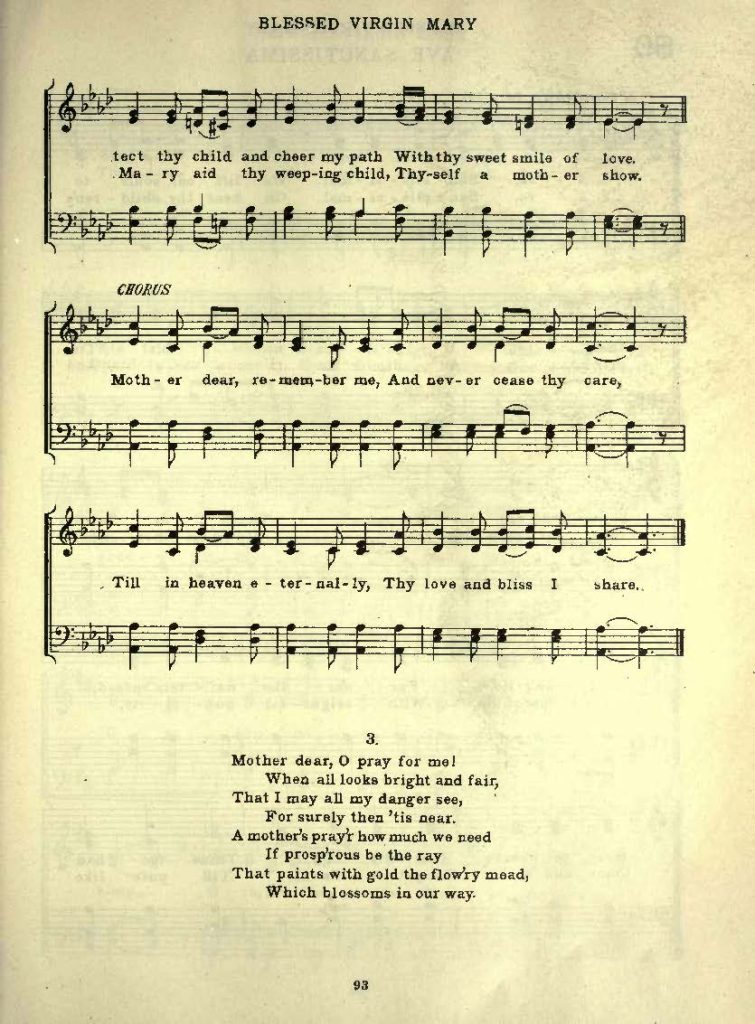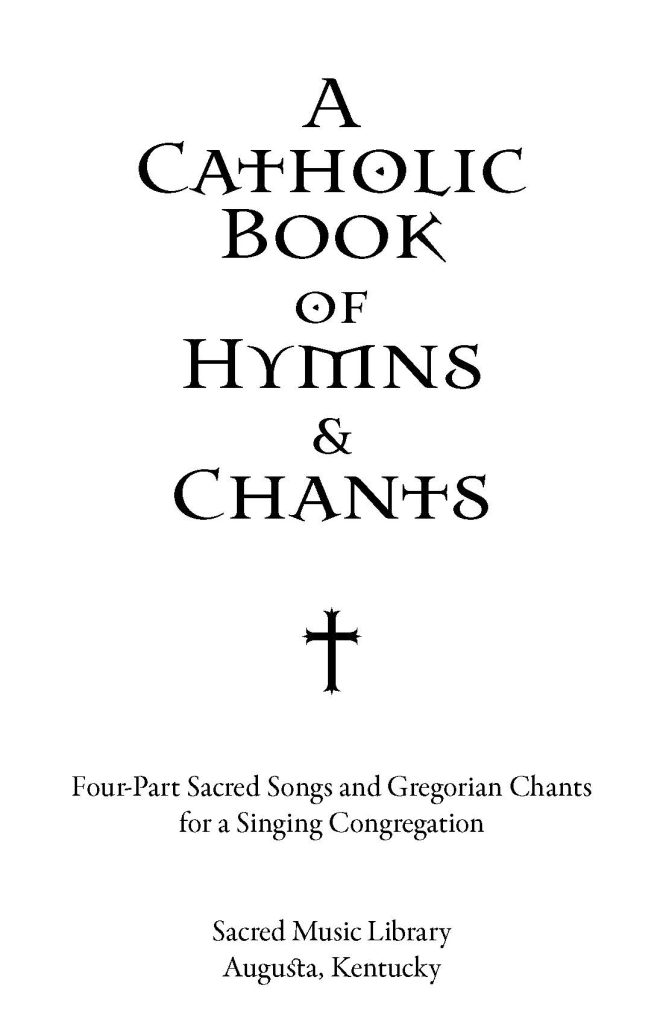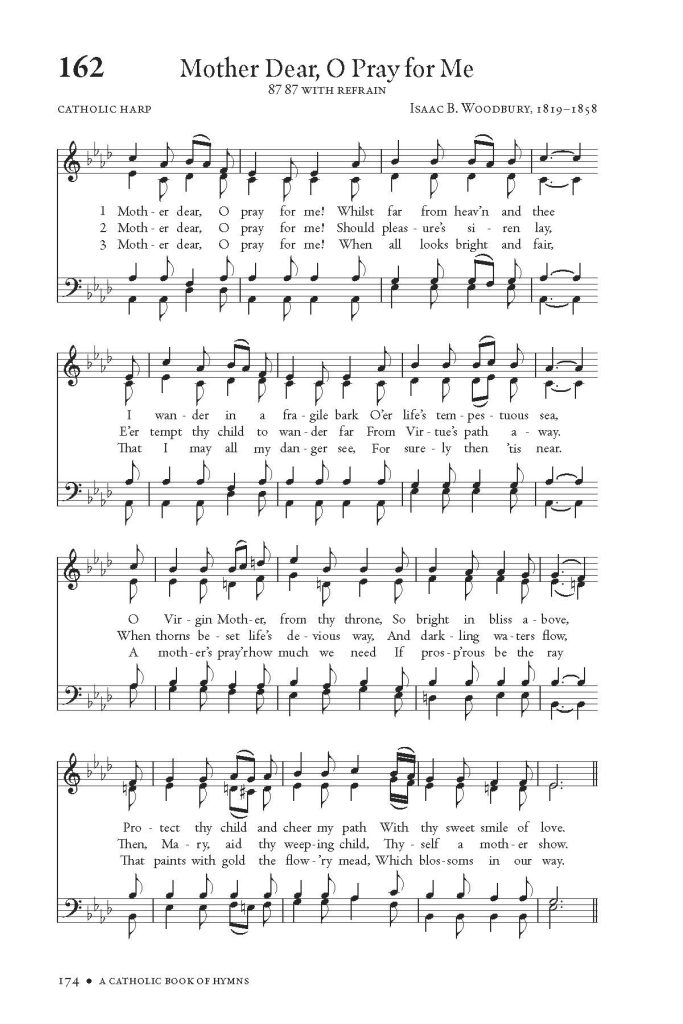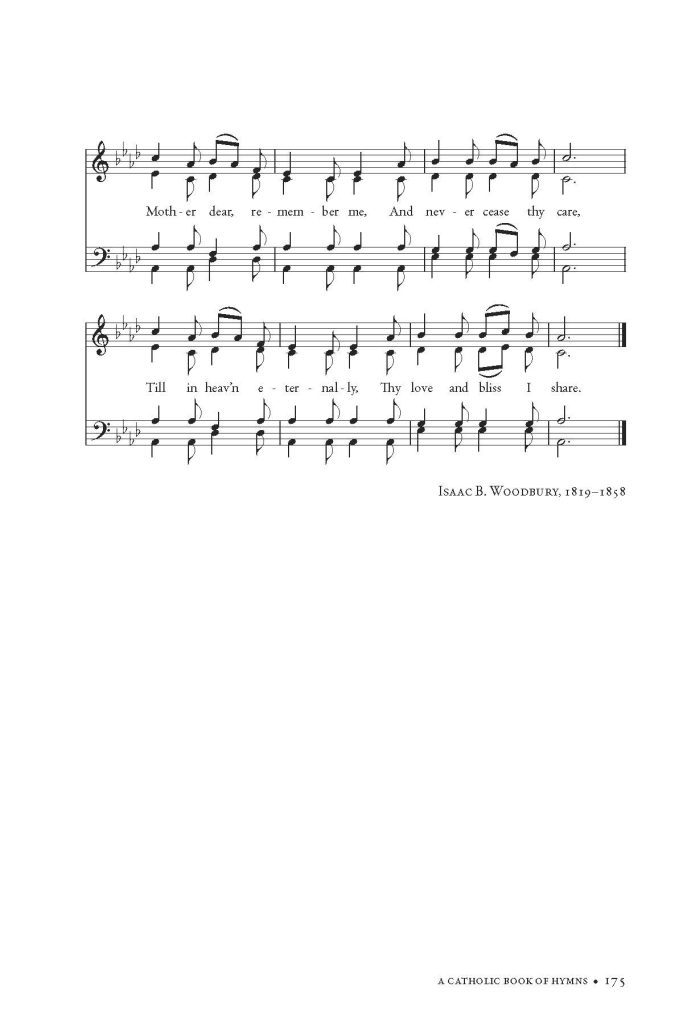The words of this hymn were composed by Frances Fanny Jane Crosby (1820-1915). Her hymn Close to Thee was written in 1874, and it first appeared in the hymn collection SONGS OF GRACE AND GLORY. This collection was compiled by William. F. Sherwin and Silas J. Vail and published by Horace Waters & Son of New York.
William F. Sherwin (1826-1888) was an American Baptist hymn-writer and musician. He was born in Buckland, Massachusetts in 1826. He studied music under Dr. Mason Neal and in due course became a teacher of vocal music. He was passionately involved in Sunday Schools and widely recognized throughout Massachusetts, Hudson, and Albany Counties in New York, and the New York City area where he composed carols and hymn-tunes for the schools. He died in Boston in 1888.
Silas Jones Vail (1818-1884) was, for much of his life, a maker of hats and was employed by Willam H. Beebe who owned a fashionable hat store in New York. Silas later started his own hattery business where he was successful for many years. However, as the times changed, so did his trade and he could not stay in business. In the late 1860s, he devoted himself completely to music and was well known for composing music for use in churches and Sunday Schools. Frances Crosby wrote expressly for him many hymns that he set to music including Close to Thee. His melody for this hymn is widely known throughout Protestant circles and is still used to this day.
Frances Crosby was blinded during infancy and as she grew older, she learned to accept her blindness as a gift and blessing from God. She began writing poetry verses when she was 8 years old, and her first poem was published in 1831 and her first book of poetry The Blind Girl and other Poems was published in 1844. She spent 12 years at the New York Institute for the Blind and another 12 years as a teacher there.
She started writing hymns when she was 40 years of age and continued to do so throughout her lifetime. In her later years, she devoted herself to missionary work and was affectionately called by those to whom she ministered to as Aunt Fanny. Because of her prolificity in writing hymns, publisher’s ascribed to her as many as 40 different pseudonyms. Frances Crosby was a Methodist and some of her more successful hymns include Blessed Assurance, Jesus is Mine; Pass me not, O Gentle Savoir; Safe in the Arms of Jesus and Saved by Grace. She died in the early morning hours of Friday, February 12, 1915, at the age of 95. She wrote at least 8,000 hymns and was one of the most popular and well-respected poets in America.
The Melodies
There are only two melodies for this hymn. The first, as indicated above, was composed by Silas J. Vail, and is commonly found in Protestant hymnals. Another melody was composed by a Sister of Mercy from the Providence, Rhode Island, Community: Sister Mary Alexis Donnelly, R.S.M, (1857-1936). Through the late 19th and early 20th centuries, Sister Mary Alexis was one of the leading contributors to American Catholic music. Her contributions to Catholic music, however, have largely been forgotten by all except a few vintage organists and hymnologists. The remainder of this write-up is dedicated to Sister Mary Alexis.
Sister Mary Alexis was born Julia Donnelly in Yorkshire, England during the month of March 1857. When she was a young girl, she came to the United States and settled in the small town of Harrisville, Rhode Island. On November 1, 1877, she entered the Sisters of Mercy at St. Xavier’s Convent, in Providence, Rhode Island. She was recognized by her superiors as a gifted musician and began her first teaching assignment at St. Patrick’s School, Providence.
At the urging and solicitation of friends, she compiled her first hymnal with all original music and dedicated it to the Holy Face of our Lord to whom she had a deep devotion. The HOLY FACE HYMNAL was published by J. Fisher & Bro., of New York in 1891.
The Holy Face Hymnal was a great success and numerous letters of commendation from across the country resulted from its publication.
In a letter from the celebrated poetess Miss Eliza Allen Starr, from St. Joseph’s Cottage in Chicago, she writes: My Dear Sisters of Mercy: — It does not seem a suitable acknowledgement of the honor you have done to my little verses, merely to express my gratification at seeing them really made into a hymn, to be sung by venerated religious in their choirs and by their devout pupils… The little verses referred to by Miss Starr is her poem O Face Divine! The hymn was favored with two separate melodies and is the first and third hymn featured in the collection of one-hundred and twenty-one hymns.
In another letter written by Father J. J. Keogh, Pastor of St. John’s Cathedral in Milwaukee, Wisconsin we find, I have examined the hymnals you sent me, and I have selected the Holy Face for our school. The teachers and pupils seem to be very much pleased with it. Please send me 50 copies of the Holy Face Hymnal for the present.
In 1899, after receiving many requests for another volume of hymns, a second hymnal, OUR LADY OF MERCY, was compiled by the Sisters of Mercy and published by J. Fischer & Bro., of New York. This collection of hymns and litanies for use at May Devotions, Sodalities, etc., contained nearly all new and original melodies. Somewhat unique to this hymnal was the setting of the voice parts independent of the accompaniment which proved to be a valuable aid to the children in rendering the hymns.
In the same year, Pope Leo XIII consecrated the world to the Sacred Heart leading to an increased demand for Sacred Heart hymns. OUR LADY OF MERCY HYMNAL features a number of selections to meet this demand including O Sacred Heart, O Sacred Heart, So humble and so meek, the text of this hymn was written by Miss Eleanor C. Donnelly, one of America’s most celebrated Catholic poets.
In 1904, The Catholic Music Publishing Company was founded by James M. McLaughlin and James A. Reilly. Soon afterwards, the company became known as McLaughlin & Reilly Company and was one of the most successful Catholic music publishing companies in America. Sister Mary Alexis had close associations with the company’s president, James A. Reilly, who was a benefactor of the Sisters of Mercy. Some of the first musical selections to appear in the company’s catalog were those by the Sisters of Mercy. These appeared in a series of hymn booklets or hymn pamphlets. The hymn pamphlets were approximately eight pages each and were comprised of various hymns suitable for specific occasions or general use. These hymn pamphlets were extensively sold throughout McLaughlin and Reilly’s existence. Below are a few of these hymn pamphlets by the Sisters of Mercy.
Due to the success of her first two hymnals, Sister Mary Alexis continued to write hymns which appeared in sheet music form. Some of these were privately published the Sisters of Mercy, some by the Oliver Ditson Co., a music publisher with offices in Boston, Chicago, and other major cities throughout United States, and also by McLaughlin & Reilly. She composed at least three Ave Maria’s and several choral pieces including The Day is Done; the Divine Praises; Immaculata Conceptio; O Jesu Deus Magne; Lead, Kindly Light; and Quid Retribaum Domino.
In 1910, Sister Mary Alexis was elected Reverend Mother of the Providence Community of the Sisters of Mercy and served in this capacity for six years. Mother Alexis was a natural concerning business and community affairs and was gifted with foresight and was almost prophetic in many of her duties as Reverend Mother. The health of her sisters was of paramount importance to her, so she conceived of a place in the country for rest and relaxation. During her role as Reverend Mother, she acquired the Fiske Estate which was to become the Mount St. Rita property in Cumberland, Rhode Island. For many years Mount St. Rita served as a retreat and convalescing home for the sisters. Eventually, the Sisters gave up this wonderful facility to a large health care system and it became known as Mount Saint Rita Health Center.
After completing her term as Reverend Mother in 1916, she again took up her role as a music teacher and composing music. In 1924, she composed the Sacred Chorus Ecce Sacerdos Magnus and in 1927, she published her third hymnal, OUR LADY OF MERCY HYMNAL – Volume 2.
Sister Mary Alexis taught music for more than twenty years in many of the schools of the Providence Diocese. In 1935, she asked to go to St. Xavier’s to prepare for her meeting with her beloved Father. Sister Mary Alexis Donnelly died on July 4, 1936 at St. Xavier’s Convent, Providence, Rhode Island. Many of Sister Mary Alexis’ compositions were dear to her and one in particular was her favorite, Jesus, Keep Me Close to Thee, which was played and sung at her funeral Mass.
As a member of the Sisters of Mercy, Sister Mary Alexis gave up the right to have her name added to her compositions. In keeping with the custom of the time, attribution was given to the Community rather than the individual. Now, since Vatican II, those in religious life are treated as individuals and receive credit for their work. All the music presented in this write-up, including the three hymnals as well as sheet music, hymn pamphlets, and original works formerly attributed to a Sister of Mercy or Sisters of Mercy can be credited to Sister Mary Alexis Donnelly. These musical compositions are a testament to the technique, harmonization, and beauty of expression of this outstanding Catholic musician and Sister of Mercy.
Other Hymnals
The hymn Jesus, Keep Me Close to Thee was found in these Catholic hymnals: the STANDARD CATHOLIC HYMNAL, 1921; SELECTED HYMNS, 1930; and the MOUNT MARY HYMNAL, 1937. All of these have Sister Mary Alexis’ melody.
Reflection
The verses of this hymn are prayerful petitions asking Jesus to be close to us all through life and at its closing. We do not seek relief from worldly pleasures, nor do we seek fame or fortune, we gladly toil and suffer whatever befalls us with a simple request, Jesus keep me close to Thee. In the last verse, Lead me through this vale of sadness, I see an allusion to the famous psalm, The Lord is my shepherd. (Psalm 23), Even though I walk in the dark valley I will fear no evil. How appropriate are the words of this hymn for someone entering into eternal life. This would make a wonderful hymn to sing to honor the Sacred Heart of Jesus, or as a Communion/ Blessed Sacrament hymn, or as a hymn for a funeral Mass.
The life of Sister Mary Alexis Donnelly and her musical compositions shared here in this short write-up are the results of one man’s research efforts: Peter Meggison. Peter began his research on Sister Mary Alexis in 1986. During that time, there were many nuns who knew Sister Mary Alexis from their novitiate days; Peter spoke with many of these nuns, and they all spoke highly of her.
In 1991, an article appeared in The Anchor – a diocesan newspaper serving the Southeast Massachusetts Fall River Diocese which included Cape Cod & the Islands. Peter was at that time a parishioner of St. James Parish in Holbrook. The article was written by Sister Carol Jussaume, R.S.M., who was the archivist at the time and was captioned Former student produces cassette of Mercy Music.
In 2014, Peter was asked to be the speaker on the life of Mother Alexis at the 100th anniversary of the acquisition of the Mount Saint Rita property. He was requested by the nuns because he was the only person who was alive at that time who knew more about Mother Alexis than anyone else.
Today, Peter Meggison produces The Devotional Hymns Project, a personal effort to share and preserve a heritage of Catholic music. Whether you are a student who remembers being taught by the Sisters of Mercy, or a young whippersnapper, or simply curious about Catholic music, I highly encourage you to visit this website and listen to the most comprehensive collection of Catholic hymns and religious songs written in the English language.
A special thank you to Peter Meggison producer of the Devotional Hymns Project for allowing me to share a recording of Jesus, Keep Me Close to Thee. The hymn was sung by the Dorian Concert Choir on June 27, 1990 at Holy Name Church in Providence, Rhode Island.

